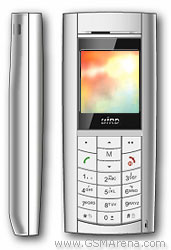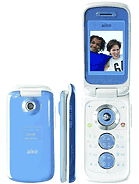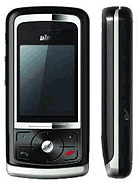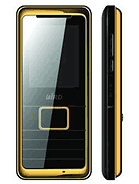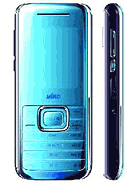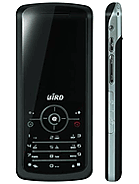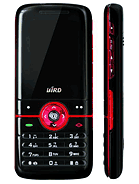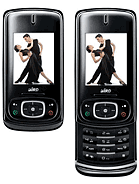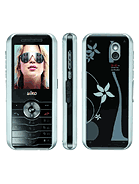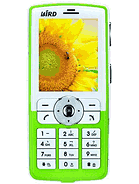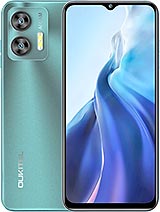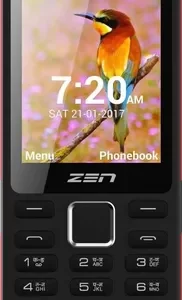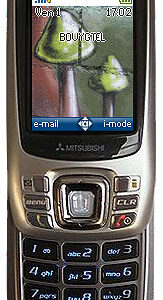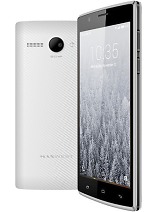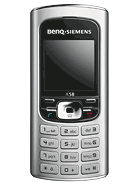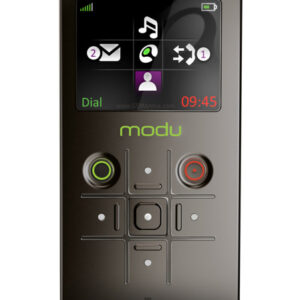Bird S699 Overall Review
Launched in the third quarter of 2005, the Bird S699 represents a period in mobile technology where functionality began to merge with increased usability and design. The device showcases a CSTN display, capable of displaying up to 65K colors, which was quite common for mobile phones during that era. Such displays were known for their energy efficiency and color accuracy, albeit with limited viewing angles and brightness compared to today’s standards.
One of the standout features of the Bird S699 is its 1620 mAh battery, offering extended usage times compared to its contemporaries, highlighting the emphasis on practicality and user convenience at the time. While detailed specifications such as the processor, RAM, and internal storage are not readily available, devices from this period typically offered basic functionality, focusing on calls, SMS, and simple applications.
Bird S699 Pros and Cons
Pros:
- Large battery capacity for its time, promising longer usage periods between charges.
- The CSTN display offers decent color reproduction for basic tasks and viewing.
- Design focused on practicality and ease of use, aligning with the user requirements of the mid-2000s.
Cons:
- By modern standards, the CSTN display is significantly outpaced by newer technologies in terms of brightness and viewing angles.
- Limited functionality and features compared to contemporary smartphones, reflecting the technological constraints of the period.
- The absence of advanced connectivity options and multimedia capabilities that are standard in today’s devices.
